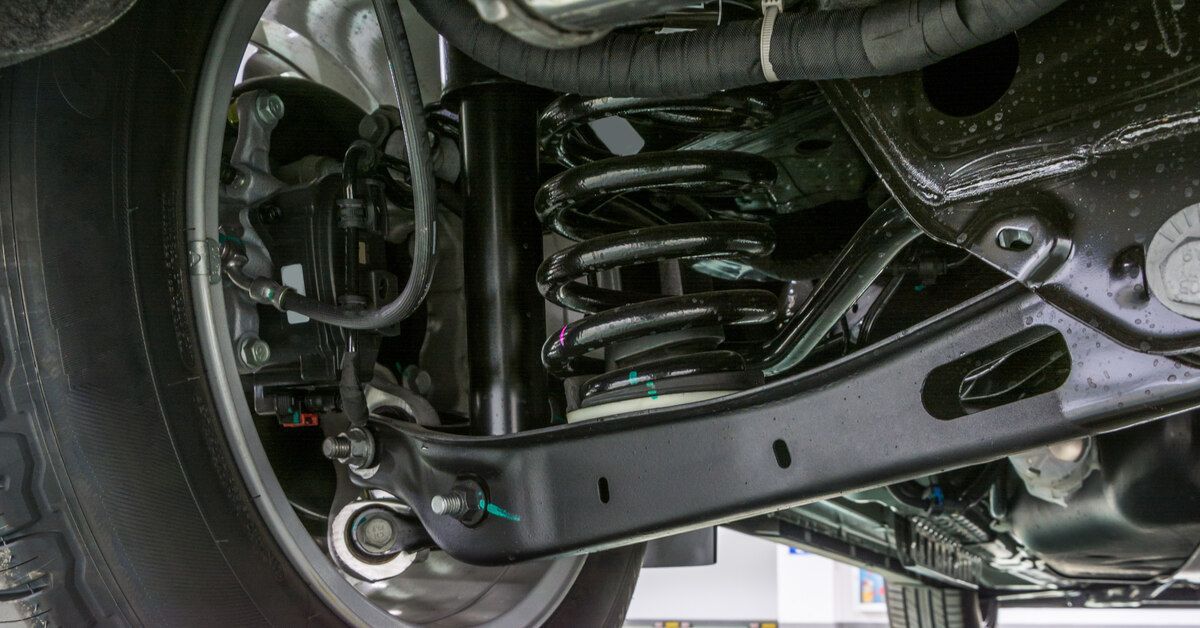4 Tips To Protect Your Vehicle From the Cold
Many car owners know that winter’s harsh conditions make driving and car maintenance challenging. However, some useful tips will help keep your car safe during the cold months. Read on to find out how to care for your vehicle in the winter.
Keep the Car’s Oil and Antifreeze Filled
The cold will cause the mechanical parts of your vehicle to lock up and grind against each other. Keep the oil and antifreeze in your engine full to combat the effects of low temperatures. Be sure the coolant is at the full level in the coolant reservoir.
The oil will keep parts lubricated and mobile to ensure your engine doesn’t rust or damage itself. The antifreeze will be essential to regulating temperatures as the weather outside of the car becomes frigid. It’s wise to keep oil and antifreeze full throughout the winter to keep your engine in good shape and prevent breakdowns and the need for repairs.
Maintain Tire Pressure and Tread Quality
Your tires need to have high pressure to handle the road conditions that come with winter. The cold causes air pressure to decrease, and your tires will become more deflated with every 10°F the temperature drops. Protect your vehicle from the cold by filling its tires so they’ll have a decent amount of PSI to handle the snow and ice on the ground.
Putting snow tires on your car will give you better maneuverability in the winter, and it’s important to monitor the treads. If these treads wear down, you will have an increased risk of sliding while driving on slick roads. Your braking time will increase, leaving you with a decreased ability to stop in time to prevent an accident.
Inspect the Radiator After Cold Nights
Radiator fluid consists of water and antifreeze. While the antifreeze has a lower freezing point of -34°F, water has a freezing point of 32°F. Therefore, the combination can freeze if the temperature outside drops a few degrees below zero.
After freezing nights, take your vehicle to an auto mechanic to have the radiator fluid flushed and replaced. The clean fluid will keep your radiator functioning properly and your car warm in the cold.
Test the Battery
Battery failure is a common occurrence in the cold. The car’s battery functions from an electrochemical reaction that slows down and eventually fails to power the car in cold weather. Occasionally test the battery to see if it needs a recharge. An inexpensive car battery tester can be purchased from Amazon or your local auto parts store.
You want your battery to have a high voltage of over 12.5 volts when the car is idle and around 14 volts when it’s running. If the battery tester reads anything below these results, you’ll need to charge the battery or inspect it for corrosion. Keeping the battery charged and maintained is important to protect your vehicle from the cold. That way, your car will start easily, and the battery won’t fail.
Test Your Coolant Every Fall
Use test strips or go to your favorite repair shop for coolant testing in the fall before freezing weather comes. Again, coolant test strips can be purchased from Amazon. Never open the radiator cap of a warm or hot engine. Coolant is hot and under pressure and will spray out. Test from the coolant reservoir.
Radiator fluid will degrade over time and will need replacement to protect your engine. Check your owner’s manual to see when the car’s manufacturer recommends the coolant be changed. The recommendation will be after so many miles or a set number of years.
Your car’s coolant cools the engine and provides heat to the passenger compartment. Maintaining this system ensures your engine runs smoothly and passengers are warm in the winter.
Winter is difficult for vehicles, and you must do what you can to ensure your car’s survival. Use these tips to protect your car so the cold weather isn’t as difficult or dangerous to drive in. If you’re in need of auto repair services, reach out to us at Advanced Vehicle Technologies. Our team of experts are ready to help.




